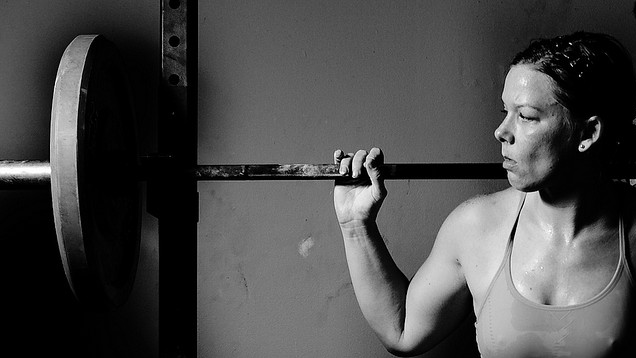Workout plans often recommend lifting a weight enough times that you can barely complete the last rep. It’s called lifting “to failure”, and it ensures that you’re working all of the fibres in the main muscle groups involved. But it also has its downsides.
Picture: Greg Westfall
Lifting to failure every time puts you at risk of overtraining and injury, depending on what exercise and what weights you’re dealing with. Strength coach Adam Bornstein recommends asking yourself a few questions before you decide to lift to failure. One is the amount of skill the exercise requires:
The more skill required for a lift, the less frequently it should be performed to failure. Conversely, the less skill required to perform a lift the more acceptable it becomes to train to failure.
Snatches, for example, are arguably the single-most complex lift and training them to failure is dangerous. Simpler multi-joint movements, such as variations of the chin-up, bench press, and lunge, are suitable for failure-based training but should be performed with extreme caution. Same can be said for exercises like squats.
Finally, single-joint exercises, including bicep curls, triceps extensions, and calf raises, are the least complex of movements and are far more appropriate to train to failure.
Check out the full article for more questions you should ask yourself before deciding to train to failure.
Training to Failure: 5 Questions You Need to Answer [Born Fitness]

Comments